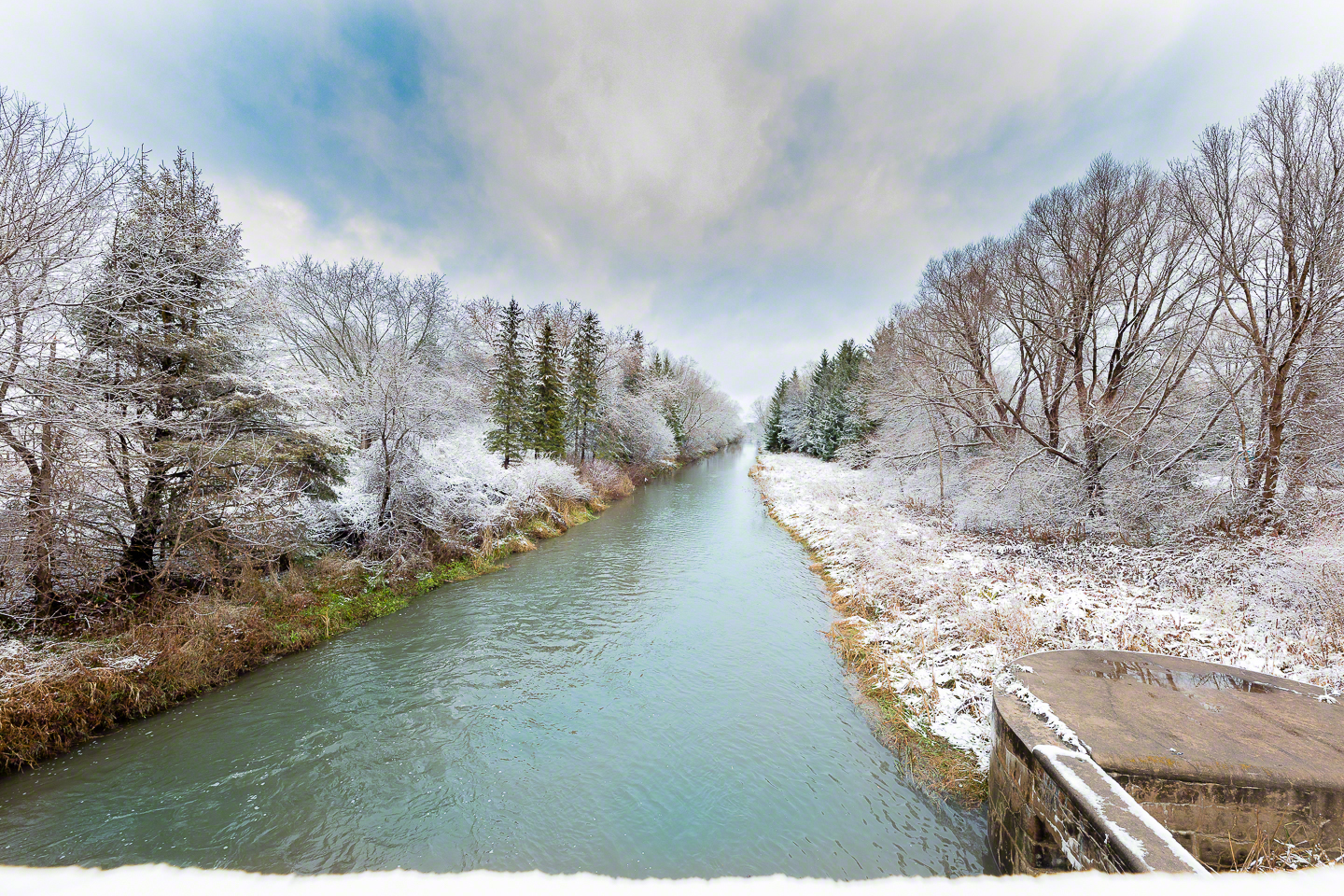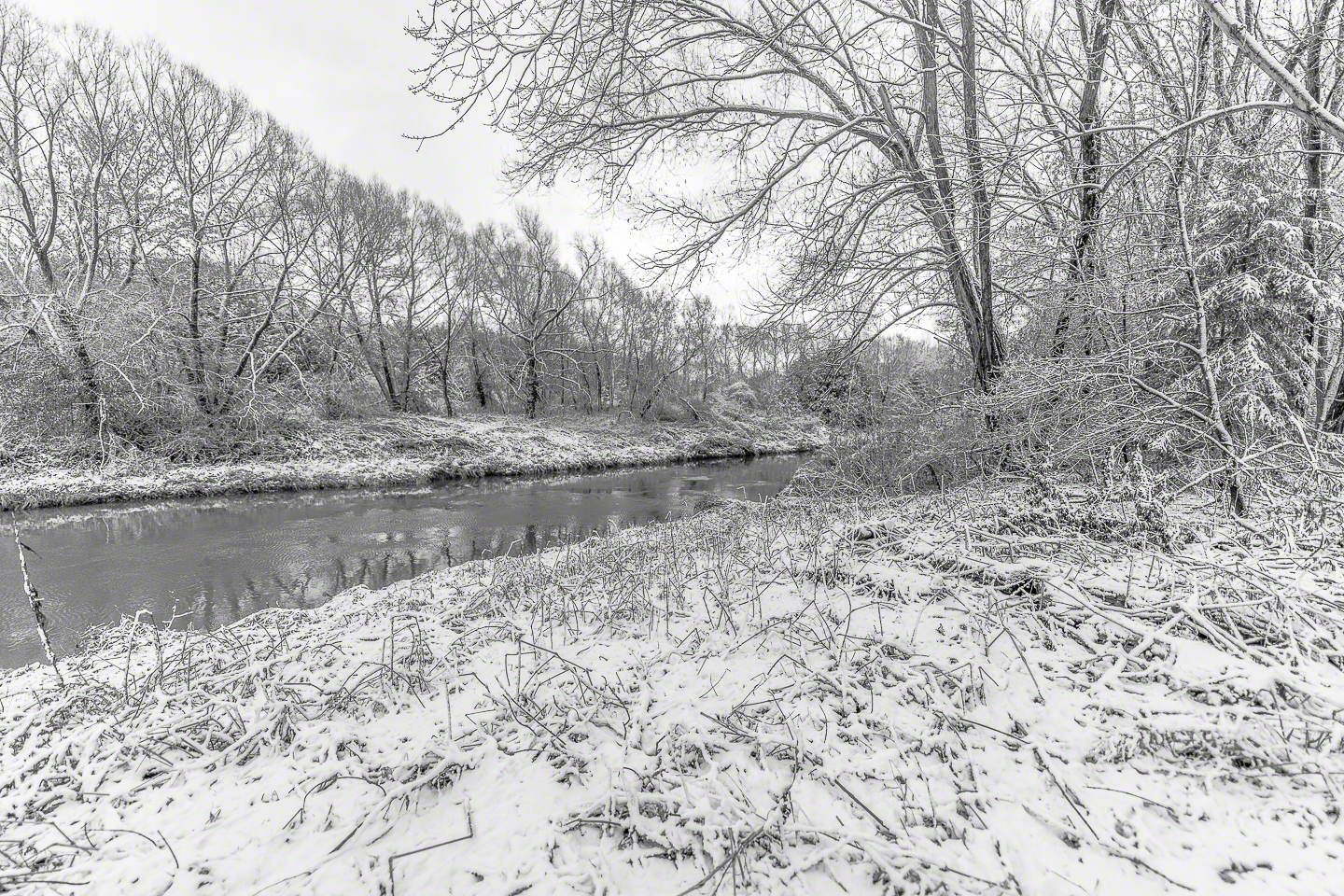Ultrawide is the New Cool - Sigma 14mm f/1.8
/Sigma's very cool 14mm f/1.8 ultra wide, available in Canon, Nikon and Sigma SA mounts
How wide is wide enough? Do you want fisheye wide or rectilinear wide? Have you figured out the whole "composing for ultra wide thing"?
You've probably guessed by now that I am a big fan of ultrawides. My go to ultrawide is Canon's 11-24/4 rectilinear zoom. It's big. It's heavy. It's crazy expensive. I love it. In order to fund this lens, I sold my amazing Canon 14mm f/2.8L that I had for several years. There's a look you just cannot get any other way.
One of the challenges with ultrawides, is that to really get width, you may need to be on a full frame sensor. I feel for folks who are limited to 15mm or 16mm rectilinear equivalents because of sensor size. If their use cases require more width, it's time for a different camera.
The other challenge is cost, and this relatively new lens from Sigma gives you a bit more latitude than some other top line offerings. It comes in about $300 below the Nikon FX 14/2.8 and about $600 below the Canon 14/2.8L but also buys you 1 1/3 stops more stops of light. Being able to pass more light for less cash, is never a bad thing, if the optics can stand up. The Sigma optics do.
The Lens
The Sigma 14mm f/1.8 is one of the ART series of lenses. Sigma has three lines, ART, Contemporary and Sport. I find the Contemporary are always a good value, but typically do not compete equitably with more expensive OEM glass. Some of the ART lenses are optically stronger than OEM glass and the Sport lenses while heavy, are both excellent optically and from a construction perspective in order to stand up to hard use.
ART lenses are uniformly heavy and large. Putting a maximum f/1.8 aperture in the 14mm ART, makes for a heavy lens with a pretty aggressive fishbowl front end. This means no simple filter attachment, although LEE and some others make mounting systems for flat filters that will work, although you may experience some minor vignetting, even with a single filter in place.
ART lenses are also extremely well built, with tougher materials and designed with years of hard use in mind. The focus motors are smooth and quiet and manual focus is both nicely stiff and very smooth. No slop here.
The Shooting
Shooting the Sigma lens is a pleasure. I mounted it to one of my least favourite full frame bodies, the Canon 5Ds. There are lots of reasons, I don't care for the 5Ds, but it is very high resolution and I wanted to see how the Sigma would keep up with the demands of a 50 megapixel sensor.
Unfortunately, winter is on its way as I write this and we got some snow last night, so I headed out to the Holland River to see what I might find. The light was overcast, but the white snow and dark trees combined to create a very high contrast shooting scenario.
Shooting handheld is no problem, and while I was working to keep the ISO down, because the 5Ds starts showing digital noise pretty quickly, I was able to make handheld exposures even after adding in at least 1 1/3 stops of positive exposure compensation. I could have gone higher, and in a normal situation, I would have, given that I favour exposing to the right, but I wanted to see what would happen in a more generic approach. Canon's evaluative metering is very good, and with that bit of exposure compensation, the JPEGs on the LCD looked pretty decent. I was, as I nearly always do, shooting in RAW and with the picture profile set to Neutral to get as flat a response on the LCD as possible. I used Automatic White Balance because I was shooting in RAW and so it's only effect was on the displayed JPEG.
Lens flare was very well controlled, even when the sun was in the shot. This is important because with an angle of view of 114 degrees, the sun is often going to be in the shot, or potentially cutting across the front of that massive front element.
The Sigma focuses quickly, as it should being so darn wide. With this width comes significant depth of field. You can also get very close to a subject as you will see in one of the samples, where the focal plane to subject focus distance was about 12 inches. Closest point of focus available is 10.6 inches.
A benefit to ultrawides in general is this massive depth of field. In fact even at f/1.8 once your focus point is about 12.5 feet away, your depth of field is from about 6 feet to infinity. Want shallow depth of field? You're going to have to be right at your subject.
A legitimate concern of any ultrawide is that there is going to be some pretty wicked barrel distortion. The Sigma exhibits some, but by using Lightroom's Lens Correction setting, the distortion is readily cleaned up as is the minor (<1 stop) native edge vignette. No fisheye effect here. And that's precisely what we want in a rectilinear ultrawide.
As with any ultrawide, alignment between the subject plane and the focal plane is required if you do not want a lot of perspective exaggeration. This is often referred to as distortion, but that's a mistake. You have to do your job if you don't want things to look stretched or tilted. Many cameras have an in viewfinder electronic level display. The Canon 5Ds does, and for this type of lens I find this tool extremely useful because you can be out and it may not be immediately apparent because of the massive angle of view.
Specifications
This is a prime lens built for full frame bodies. You can use it on APS-C bodies but you will need to apply your crop factor to determine the effective focal length and angle of view. It has a total of 16 elements in 11 groups. It has four aspherical elements, three FLD elements and four SLD elements. The aperture is a 9 blade system. The lens comes with a brass mount. The aperture range is from f/1.8 to f/16. The lens is compatible with Sigma's USB dock.
Looking down the barrel of the 14mm f/1.8
Sample Images
All the images were shot on the Canon 5Ds in aperture preferred mode, at ISO 100 or ISO 200. I let the camera decide the shutter speed and just watched to make sure it did not fall below 1/30, which I considered a safe handheld speed based on zoom in testing when I was out shooting. I intentionally overexposed all the shots to keep the white snow white, typically at + 1 1/3 stops EV.
I'm quite happy with the results. If I put my pixel peeper hat on, I do not think that the lens is as sharp as the Canon 14/2.8 or my Canon 11-24/4, and certainly shooting the Sigma wide open as I did most of the time was not doing it any favours. I did find that once stopped down to f/9 or so that things cleaned up nicely. However, I'm more of a practical world test guy, so popping an image up on my 27" display and moving my head to a proper viewing distance, all the images looked fabulous. I determine whether a lens will suit my needs from a sharpness perspective based on a print, and am comfortable recommending the lens.
Conclusions
At $2199 or so CDN as I write this, no one is going to say that this is an inexpensive lens. It's also not half the price of the Nikon or Canon built offerings. What it does bring you is that extra stop and a third of light, albeit at an increase in weight. If you had to shoot wide open most of the time, then it's a great choice. If you are typically going to be shooting at f/8 or smaller, the higher lens speed matters less and you might prefer less bulk. I'm impressed with the lens and while I think it is priced a bit too high to easily win over buyers, I also understand that an ultrawide likely won't end up in everyone's gadget bag. I do like it a lot more than the Sigma 12-24 zoom, and if I were deciding between only those two, would go with the 14mm prime. I wish that the petal lens hood was made of metal instead of plastic. I would also like to see this in a native Sony FE mount. I am sure it would work pretty darn nicely with the Sigma MC11 mount converter, but I did not have one to try that out, and given the choice between native mount and mount converter, I prefer native. I know that third party makers are doing FE mount, Rokinon has a 14/2.8 available in FE mount. I have no thoughts on that lens, as I have never seen one live. I like what Sigma does in the ART series and fear they are missing a big opportunity in not having FE native mount lenses.
What do you think? Is an ultrawide on your list of must haves? If you were looking at a 14mm, how important would that extra light gathering capability mean to you? Let us know in the comments, I appreciate hearing from you.
If you shop with B&H Photo Video, please consider doing so through the link on thephotovideoguy.ca as this helps support my efforts and has no negative impact whatsoever on your shopping experience. If you find the podcast or articles of value, consider clicking the Donation tab in the sidebar of the website and buy me a coffee. Your donation goes to help me keep things going. Email your questions on any photo or video topic and I will try to respond within a day.
I'm Ross Chevalier, thanks for reading, and until next time, peace.
















